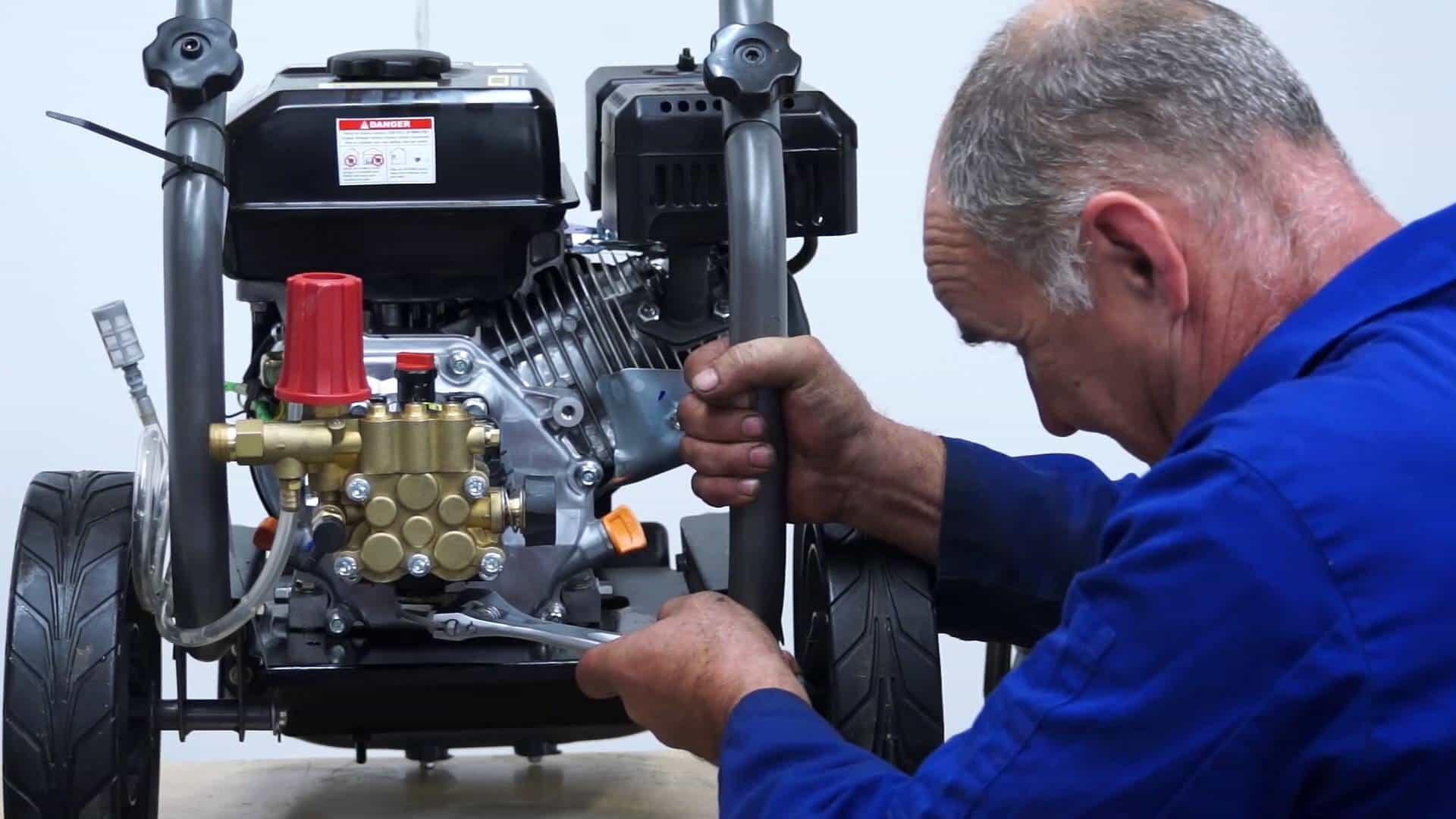You’ve made the wise decision to invest in your first water jetter—a choice that should both save and make you money, as well as spare you the wasted time and effort that comes with older drain-clearing technology. Opting for a high pressure water jet cleaner (commonly called a jetter) is an easy choice, but selecting the right one takes a bit more thought. Choosing the right jetter for your needs can feel overwhelming, especially when deciding between electric vs petrol pressure washers, which both have advantages. So, where do you start?
Type of Job
One of the first things to consider is the type of job you will be using your jetter for most often. The size of the drains you most often clear, and their locations, will help you determine the equipment you need. Electric jetters are portable, but can only clean small drains like sinks and showers, whereas petrol-powered jetters can clear any drain, very small to very large. Higher PSI means more pressure, which means an easier time of clearing blockages, as powerful water is able to cut through grease and obstruction. If you are going to be working on drains that suffer from blockages caused by tree roots, check out a jetter that includes the appropriate nozzle type. The types of jobs you do will inform your decision when selecting the various attachments offered with each jetter.
Space
Consider where you will store and carry your jetter. If you have the room, you can invest in a larger jetter that can be bolted to your truck. However, if you lack the space on your vehicle, check out a trailer jetter. Trailer jetters offer a more size-conscious option, as they attach to your vehicle rather than sitting inside or on top. For instance, the compact and towable Apache Trailer Jetter is designed for easy transport and storage. Smaller trailer jetters also store well in workshops. Another factor to think about is where you will be able to park your vehicle. Is it in a parking lot far from the job? Would it be easy to manoeuvre a trailer jetter in that space, or would it make more sense to opt for a smaller, mounted jetter? Some jetters, known as cart jetters, do not require mounting or hitching at all and come with their own roll frame. These jetters, despite their size, often offer just as much power as larger, mounted jetters. The BAR Pursewer, for example, goes up to 5000 PSI with a flow rate to 25L/Min.
Warranty
Be sure to check out the factory warranties that are included with many jetters. A three-year engine warranty, like the one offered on the BAR Pusewer Compact, is a good place to start, though some jetters offer even longer warranties. Manufacturers often offer 12-month limited warranties on parts as well.
Certification
Are you certified? Class B equipment requires operators to obtain special certification. Be sure to understand what you are buying. The supplier should inform you, but if they do not mention it, it’s a good idea to ask.
Knowledgeable Supplier
Purchasing your jetter from a company that understands the ins and outs of the industry will guarantee you access to their knowledge, and support, so you can rest at ease with the assurance that you are purchasing top of the line equipment that meets safety specifications and standards. The inclusion of high-powered jetting hoses, nozzles, and tips with your jetter will save you the extra step of researching and purchasing those parts elsewhere. Have a chat with the Jetter experts at Melbourne Jetter Centre today.


